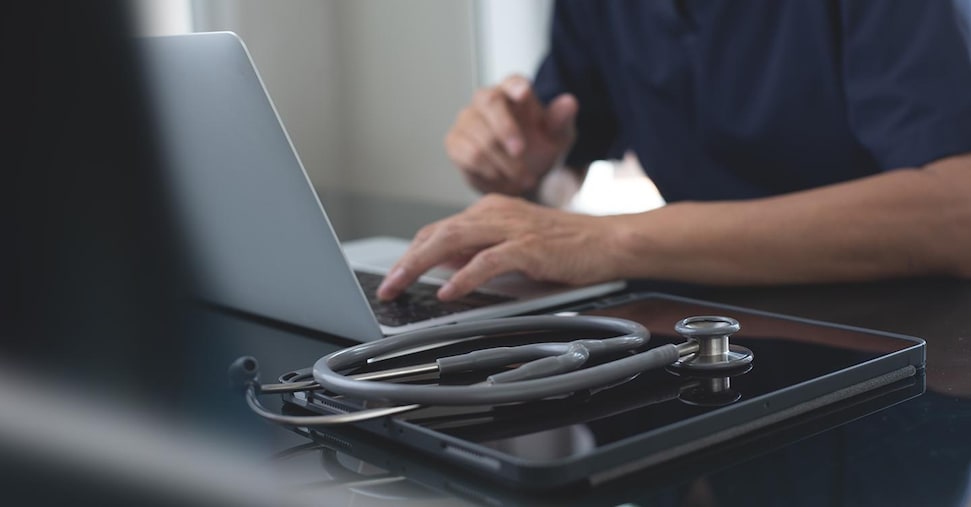Listen to the audio version of the article
A complex system. The result of a tormented evolution, which led to the abolition of the limited number. The French model of access to health professions, which the Italian reform seems to want to adopt, does not have the linearity that some simplifications attribute to it. Or rather: he had them, but they didn’t work.
After the general opening in 1969, which led to overcrowding of the faculties, France had already adopted a very simple system in 1971. Free access to all, then examination after the first year – common to medicine and dentistry – and access with a limited number defined based on the absorption capacity of the university hospitals. In 1979, faced with what remained the country’s central problem, the medical desert in the countryside, the number of candidates to be admitted was also defined on the basis of the needs of the population: they were 8,500 in 1972, they dropped to 3,500 between ’93 and ’98 and then rose to 9,361 in 2020. The system then changed in 2009 with the introduction of a first year common to all health professions, including pharmacy and obstetrics: the Paces, Première année commune aux études de santé . It didn’t work for a very simple reason: the exams were too difficult, and there were unassigned places, even if the system allowed the possibility of a second test. Many French people studied in Romania (2 thousand in 2020), Belgium, Hungary or Australia.
Since 2009, alternative and experimental paths have been introduced to resolve the problem. The definitive reform arrived in 2019, and came into force in 2021. It provides two paths, both of which are however very selective. The first is the Pass, Parcours Accès Spécifique Santé (Path of specific access to healthcare). It is, in fact, the old Paces, but requires the student to adopt a “minor”, complementary study path – law, economics, literature… – in case he is unable to continue with health studies, which grants 12 credits out of 60 overall. The best students – no more than 50% of the total – are admitted directly to the health faculties; the others, who pass an initial evaluation based on qualifications, must pass an exam, mainly oral. The Pass does not include the possibility of a second test. Those who fail can access the second year of the “minor” degree course but not all is lost: they can move on to the other path, the L.As, Libre Accés Santé (free access to healthcare).
The L.As. it is a three-year university diploma covering subjects that are very distant from healthcare ones – for example law, mathematics, IT, economics – but the access to healthcare module allows, at the end of each year and if the required credits have been acquired, to participate in a competition to access the second year of the faculties of medicine, dentistry, obstetrics and physiotherapy. The exam can also be repeated in the second or third year. To the students of the L.As. Approximately 40% of the available places are reserved. There is not a limited number, but what is called an “open number”: each faculty will be able to define how many students to admit on the basis of a pre-established range – a minimum and a maximum – also having heard the opinion of the Agences Régionales de Santé. The number can be adapted to your needs at any time: the first of those not admitted can always be drawn back.
